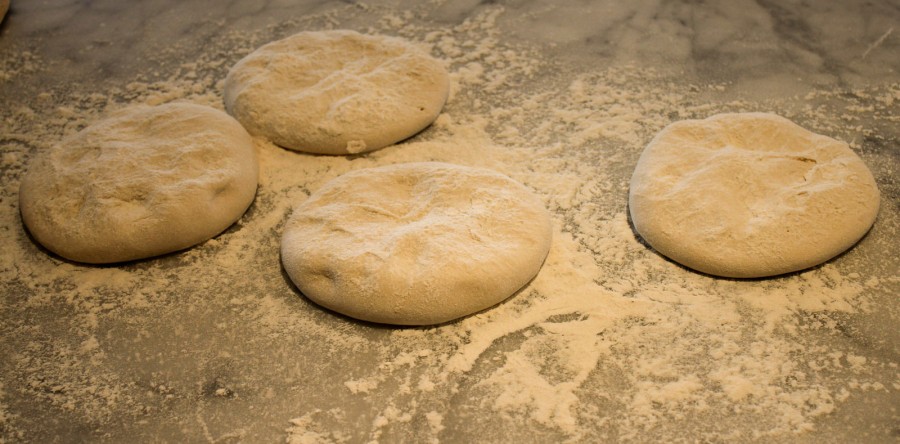There are some things that just get so much better with age. Cheese, wine, scotch whisky, some cured meats – all of these things need some aging to access their true flavor potential.
Another food that gets better with a little bit of aging? Pizza dough. We age ours by way of fermentation for at least three days (but no more than five) because we found that it gives us the flavor profile we like and it gives the dough the best texture and workability for our chefs.
In case you missed that high school lesson on how yeast works to ferment bread, fermentation is the process of using yeast (sometimes another bacteria) for a chemical process to transform the product in some way. Technically speaking, the yeast digests carbohydrates to convert them into alcohol and carbon dioxide.
In case you were wondering, the fermentation process occurs in our walk-in fridge, not out in the open air. After three days the dough balls get pulled out and then gets proofed before the chefs start working with it to make your pizzas.
By fermenting the dough for our pizzas, we get the fantastic result of a chewy, light and airy crust for our wood fired pizzas! An awesome side effect of cold-fermenting dough for three, four, or five days is that is particularly flavorful.
An often unknown side effect of fermenting pizza dough is that is also has improved texture. The longer fermentation process of a few days allows the flour enzymes to untangle and eventually link up with the gluten in the flour, so that the structure of the dough is enriched.
Now that we’ve got your brain engaged and your mouth watering, we hope you’ll come by for a bite of our delicious aged pizza crust, covered with some fantastic toppings.





